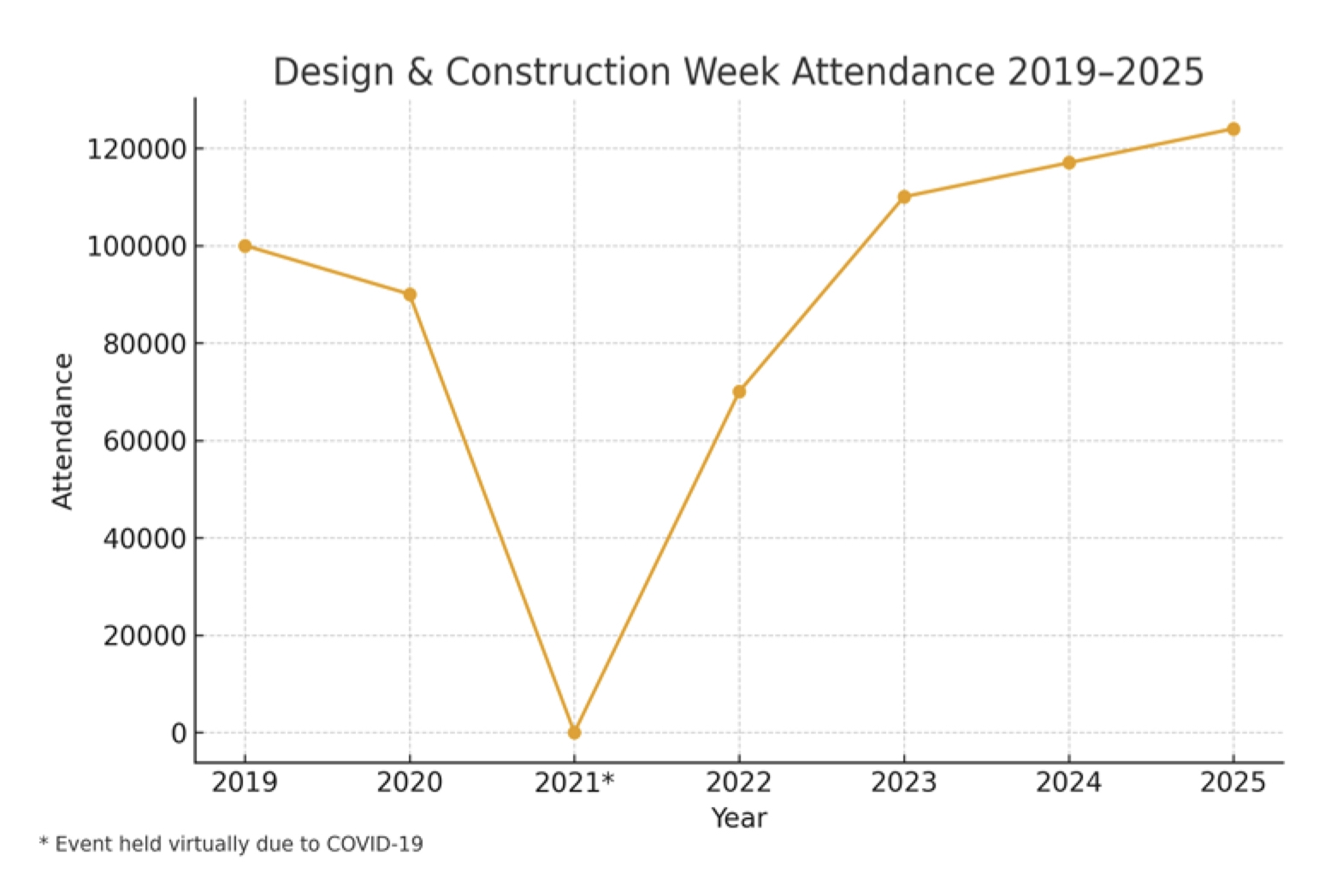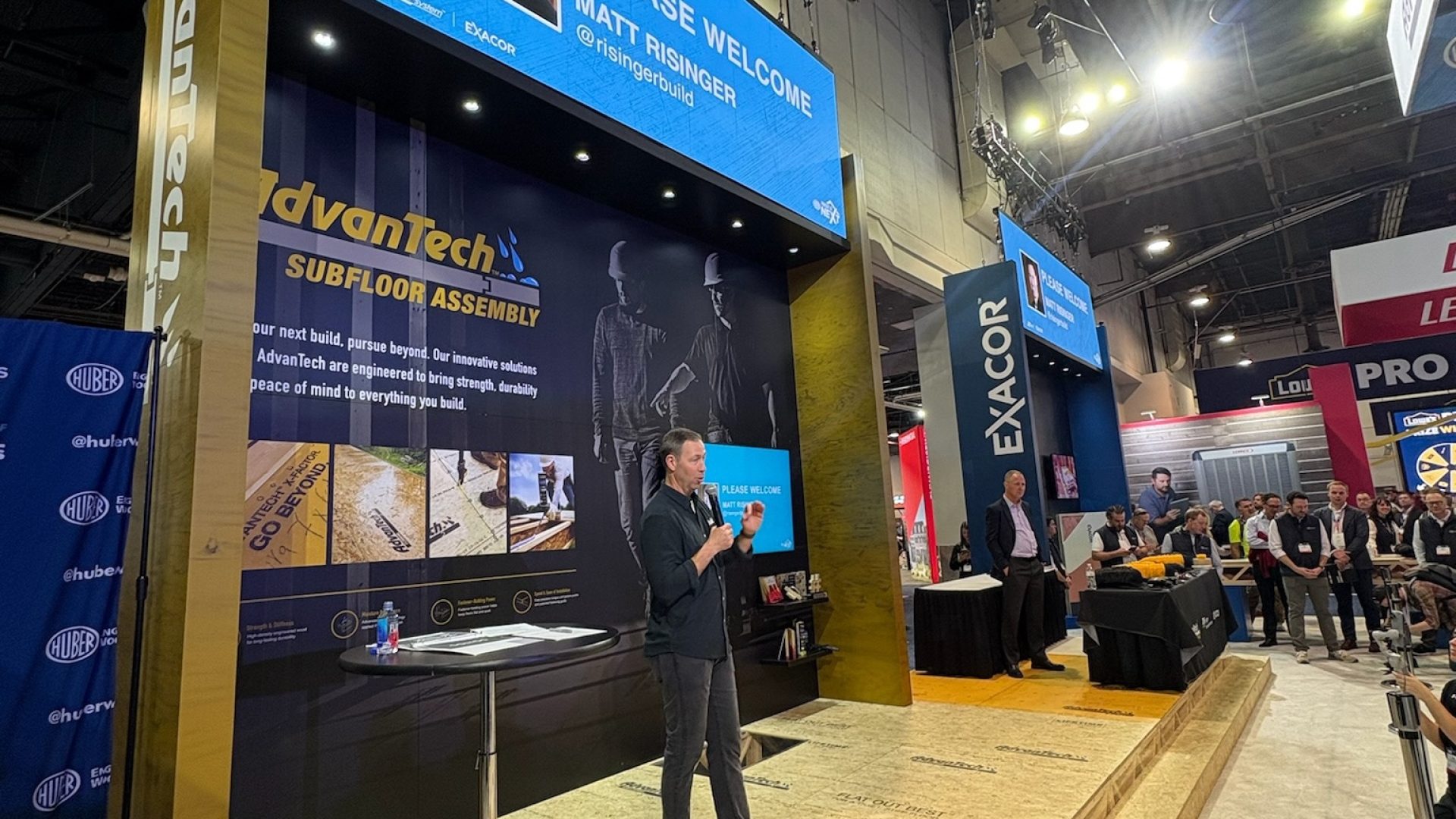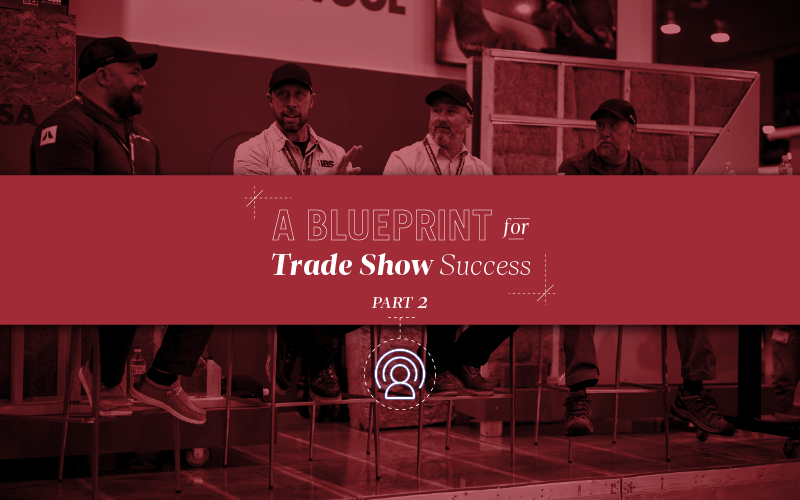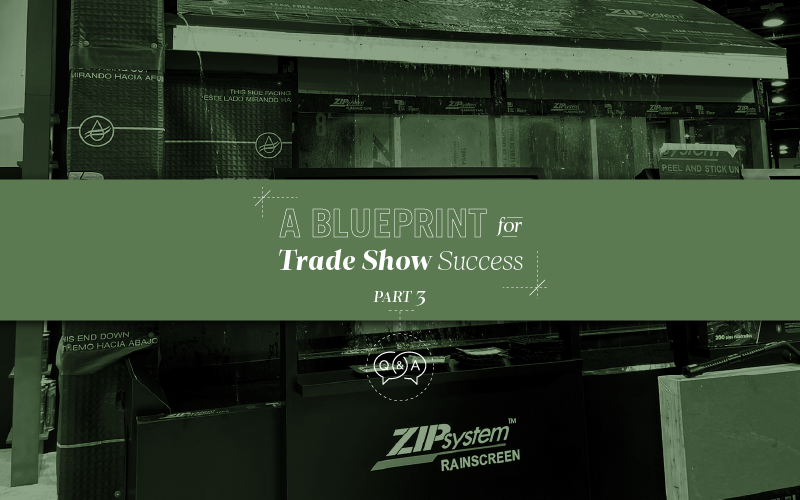The Booth as a Content Studio: Your physical booth is a temporary content creation goldmine.
Design an “Instagrammable” moment that encourages user-generated content.
Conduct Facebook or Instagram Live tours for your audience at home.
Build a live podcast studio in a corner of your booth for your brand and your influencers to use.
Amplify your presence by using a show-specific hashtag and engaging with attendees online, turning a three-day event into weeks of digital content.
Integrate Technology for a High-Touch, High-Tech Experience:
Technology should be used as a tool to deepen engagement, not as a gimmick.
Virtual Reality Showrooms: Allow an architect to step “inside” a fully designed kitchen featuring your products, letting them swap out finishes and hardware in real time.
AI-Powered Product Configurators: Use an interactive touch screen where an AI assistant helps a builder configure a complex window order, suggesting compatible products and providing an instant quote.
Augmented Reality Overlays: Provide a tablet for visitors to point at products to see cutaway views of internal mechanics or overlay different finishes.
The Table Stakes: 4 Fundamentals You Need to Nail
These are the nonnegotiable elements that undergird any successful trade show presence.
Define Your Why: Set goals for your brand — and how you will measure them — before the show opens its doors.
What does success look like for you? Is it 200 qualified leads, a feature in a key trade publication, strengthening relationships with five major distributors or a general wave of brand awareness?
Invite, Engage, Follow Up: Build a communication plan that includes tactics for before, during and after the show, starting with email marketing and social media promotions before the show starts. Don’t let leads gathered at the show go cold — follow up with a personalized message based on your conversation within 48–72 hours of the show’s close.
Your People Are Your Brand: Your booth staff is the living, breathing embodiment of your brand. They need to know product features, but more importantly train them on how to engage, ask meaningful questions and build genuine rapport. The goal isn’t to scan as many badges as possible, but to have high-quality conversations that lead to real relationships.
Clarity Is Key:
An attendee should be able to walk by your booth and understand who you are and what you do in three seconds. Give your hero products room to breathe and design your displays to be an invitation to interact, not just to look.
Plan Early and Often
A winning trade show strategy in today’s market must include flawless execution of the fundamentals combined with a bold, creative vision for the attendee experience. As you plan your next trade show, ask yourself: Are we just building a booth, or are we building a destination? The answer will define your success.
Need a partner to help bring your brand to life on the trade show floor? Let’s talk.
For more insights on maximizing your trade show presence, explore the rest of our content series, featuring influencer and partnership program strategies and a Q&A with the marketing team at Huber Engineered Woods.






